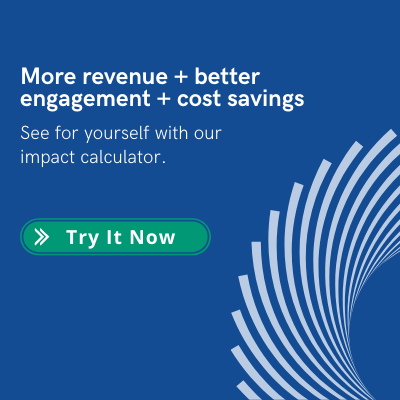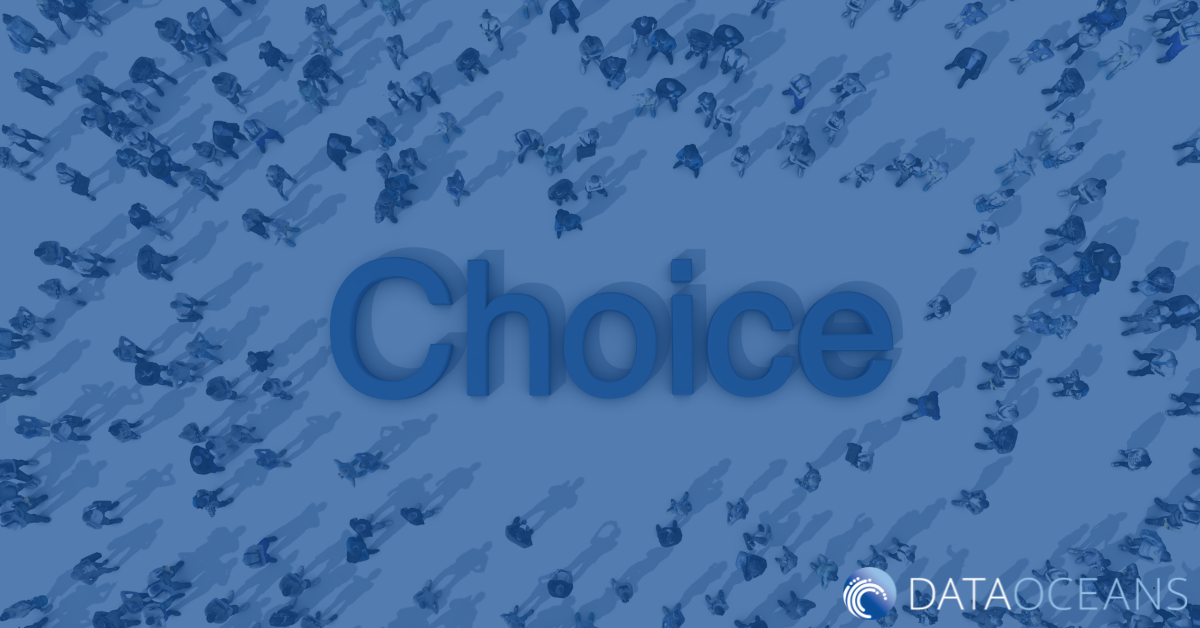Like other financial institutions, credit unions run into issues of dormant, or inactive, accounts. These are accounts that haven’t had a deposit, withdrawal or charge to a credit or debit card, usually for a year or more. Given enough time (typically three to five years) and no contact from the account holder, any remaining balance in these accounts will ultimately end up escheated to the state.
Even if a credit union charges an inactivity fee on these accounts, they represent a wasted opportunity to re-engage members to offer them new products and services. But there are some strategies to remedy this and build a more loyal member base.
The best way to ensure a member maintains an active account relationship is signing them up for products like online or mobile banking, direct deposit or bill pay. These products ensure that members engage with their accounts regularly, and they provide ongoing data points to help better target members or personalize their communications. In fact, using member data to understand how they use your services is key. When you can segment your members by criteria into different audiences, you can send communications that are targeted and relevant, and therefore more likely to be acted on.
The first 90 days after an account is opened are critical to new-member attrition, so onboarding should be a top priority. This is the time when a credit union is most likely to cross sell new customers on additional financial products. Beyond that, there are a few strategies that credit unions can employ to re-engage their dormant members. For example, automatic reminders can be triggered by inactivity milestones, such as 30 or 90 days since an account login, use of a debit card, or deposit. A straightforward text message, such as “Don’t forget to use your debit card to earn cash back” can help bring a debit card back to the top of a wallet.
Simple incentives are also a great strategy for re-engaging inactive account holders. You can incentivize members whose accounts are approaching dormancy by offering a giveaway for logins, a statement credit for deposits or cash-back rewards for using a debit card. These incentives encourage members to engage with your institution’s products or services to get a chance at the prize and can reinvigorate their interest in the product.
Inactivity fees are a helpful tool for many credit unions to increase the frequency of account deposits and withdrawals. By implementing a monthly inactivity fee, credit unions can motivate members to start using their accounts or to close them, reducing the cost of maintaining an inactive account that isn’t generating revenue. In many cases, members will start using their accounts again.
If you plan to implement an inactivity fee, however, it’s important to adjust the parameters for assessing fees. For example, a member who has an active money market account and an inactive checking account should probably not be assessed an inactivity fee. Likewise, an account opened for a minor may have little activity but probably shouldn’t be considered inactive. There may also be state regulations on what account factors allow inactivity fees.
Member Engagement for Credit Unions
DataOceans enables you to deliver personalized communications that can help keep your credit union members engaged and loyal. We connect to your core systems data so that you can identify members who are approaching dormancy and re-engage them with promotions and new products. Request a product demo today to learn more about how DataOceans can help you improve member engagement and loyalty.





.png)